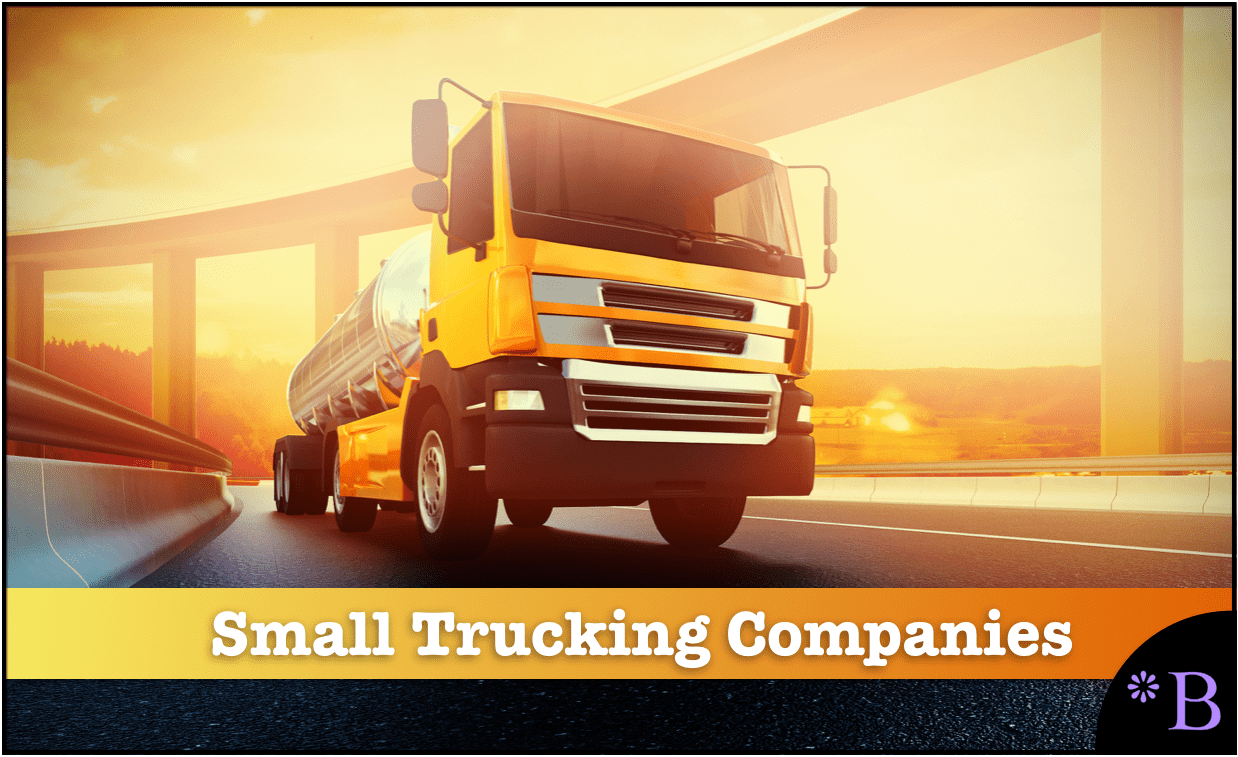How to Understand Small Trucking Companies and Owner Operator Trucking
Executive Summary
- There is a significant divide between big trucking companies and small trucking companies and owner-operator trucking companies.
- Things like Landstar Trucking, the Landstar Load Board, and the Amazon Trucking App are making important changes to the trucking industry.

Introduction
National trucking companies tend to get more of the emphasis in the logistics sector. Big trucking companies have more resources and scale to invest in technology upgrades and so on. The benefits of smaller trucking companies are present and often underestimated.
This is because many of the benefits are more subtle.
This article will cover how changes in technology are pushing forward both small trucking companies and big trucking companies that behave like small trucking companies.
Small Trucking Companies, Owner Operator Trucking, Landstar Trucking, and Amazon
Small trucking companies tend to have a much higher percentage of their drivers as owner-operators. On the other hand, a big trucking company, Landstar Trucking, uses 100% owner-operators.
- Landstar Trucking claims access to 53,000 owner operators or other trucking providers with access to their published truck loads.
- Landstar Trucking is perhaps closer to a 4PL or perhaps the trucking Uber rather than a traditional trucking company.
- Landstar Trucking is a bit of an anomaly as they run as more of a trucking network where the owner-operators select their truckloads from the Landstar Load Board. The owner-operators select from the load boards based on the start and end location, the price per mile, and other characteristics.
The Landstar Load Board is publicly available on the web. The Landstar Load Board, combined with being a certified Landstar Trucking owner-operator, must commit to truckloads published on the Landstar Load Board. And while unusual, the Landstar model looks to take off as Amazon has already introduced an app that matches truck drivers with shippers to allow for the circumvention of the big trucking companies. Once again, Uber’s benefits for trucks would be a significant change for the trucking business and owner-operator trucking.
An owner-operator small trucking company workforce and better-paid workforce also tends to be more experienced than those working in the big trucking companies. In fact, many small company truckers began their career in big trucking companies.
Small Trucking Companies and Technology
A lot is made of the technological divide between big trucking companies and small trucking companies. However, that may be on the verge of becoming less true. It has already been less true for GPS for truckers, with GPS for truckers being one of the equalizing technologies with no barrier to entry. More equalizing technologies than GPS for truckers is afoot in the trucking business.
In the recent past, big trucking companies could invest in systems that could allow them to improve their operations. But with the rise of web-based solutions for everything from fleet management to routing and maintenance planning, being big is less advantageous than it once was.
In fact, a central IT department’s cost overhead can be a drag on companies, with consulting companies adding to the expense, often engaging in multi-year projects from companies like IBM and Accenture that do little to improve the companies that hire them. Small trucking companies often stay away from this. While in the past it meant less access to productivity-enhancing software, with the variety of powerful software available over the web, this is no longer the case.
Conclusion
There are many benefits to small trucking companies. Small trucking companies certainly don’t have the same marketing machines as the big trucking companies. They don’t print as many cutting-edge and lovely brochures or have as many salespeople as the big trucking companies. They have other benefits that are often not fully appreciated, and due to changes in information technology, these changes are set only to increase in the future. As with Uber, the Amazon app adds directions and other relevant information and load matching functionality.
These benefits will tend to grow shortly as access to leading-edge technologies is democratized outside of internal IT implementations, with web-based (called SaaS or Cloud) applications available that can be tested and accessed at an incremental per-user cost.